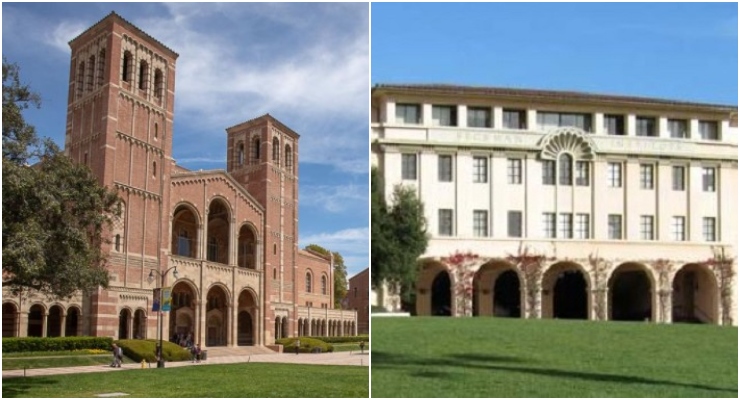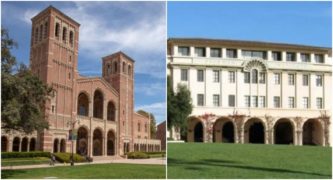
UCLA researchers said today their latest breakthrough puts our planet’s motorists closer than ever to one day driving hydrogen-powered automobiles.
The UCLA-led group, including Caltech and Ford Motor Co. researchers, has improved fuel-cell technology enough to exceed the U.S. Department of Energy’s targets in efficiency, stability and power — a milestone that no other reported fuel cells have reached simultaneously, they said, paving the way for renewable energy vehicles of the future that would emit only water into the atmosphere.
Similar to a battery, a fuel cell provides stored energy. A fuel cell gets its energy from the chemical reaction of stored hydrogen and oxygen from the air. Gases combine inside the fuel cell to provide electrical power while emitting only water. If put onto roadways, it could be a clean alternative to the internal combustion engines currently used in cars, which emit greenhouse gases and pollutants, researchers said.
There’s still a long road ahead for fuel-cell technology to be widely adopted, but the scientists at UCLA have overcome some obstacles as they’ve focused on fine-tuning the microscopic surface details where the energy-providing chemical reaction takes place, according to their study recently published in Matter.
Led by Yu Huang, a professor of materials science and engineering at UCLA Samueli School of Engineering and corresponding author of the study, the Huang Group was able to find a way to decrease costs and increase efficiency by dramatically accelerating the chemical reaction and more quickly expelling excess water from the reaction site.
According to the study’s first author, Zipeng Zhao, a postdoctoral fellow in Huang’s group, the key was shaping the nanoscale details of the carbon-support surface to achieve the perfect ratio of oxygen inflow to match the outflow of water byproduct to maximize the reaction rate.
“Atomically speaking, this is sort of like designing freeway on-ramps and off-ramps for the ideal flow of traffic,” Huang said. “For the ideal fuel cell, we need our incoming traffic of hydrogen and oxygen to merge, and then following their reaction to produce electricity, we need to push the water out as fast as we can.
“We accomplished this by building upon our previous work and focusing on the overall microenvironment where the reaction takes place” she said. “The result is outstanding at an efficiency level where industry can now start to explore adopting this technology.”
A member of the California NanoSystems Institute at UCLA, Huang has led research to improve fuel cells for many years, including changing their shape to reduce the amount of costly platinum needed to catalyze the reaction.
The research was supported by the Office of Naval Research with additional support from the National Science Foundation.
UCLA has filed for a patent on the technology.














 0 comments
0 comments


